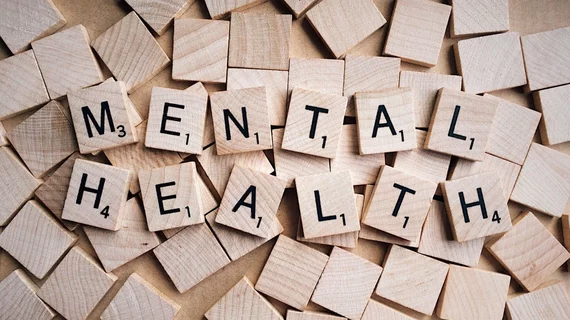3 takeaways from an unfinished healthcare project at Alphabet’s X
A research team at Alphabet’s “moonshot factory,” also known as “X,” spent the past three years stealthily looking for a depression biomarker by combining EEG brain testing with machine learning. This week the team announced that X has failed on that score.
However, leaders of the venture, dubbed “Project Amber,” are open-sourcing their technology and findings in the hope that other mental health researchers can take things from here.
In a blog post recapping the project, Amber team member Obi Felten, a startup mentor and angel investor, offers the audience three adoptable insights gleaned during the team’s search for an objective measure of depression and anxiety.
1. Mental health measurement remains an unsolved problem. Going by Project Amber’s interviews with 250-plus stakeholders, mental health surveys and scales abound but are not widely used. The avoidance is especially pronounced in primary care and counseling settings, Felten notes.
“Any new measurement tool,” she adds, “would have to overcome [several] barriers [to adoption] by creating clear value for both the person with lived experience and the clinician.”
2. There is value in combining subjective and objective data. Objective metrics would find an appreciative user base—as long as the measures augmented rather than replaced conventional diagnostic means, Project Amber leaders found.
“The combination of subjective and objective metrics was seen as especially powerful” during the interviews, Felten writes. “Objective metrics might validate the subjective experience; or if the two diverge, that in itself is an interesting insight which provides the starting point for a conversation.”
3. There are multiple use cases for new measurement technology. Unsurprisingly, some of the interviewees—counselors, therapists, psychiatrists, psychologists, social workers, primary care practitioners and pediatricians—didn’t like the idea of patients being labeled as depressed by “a machine,” Felten writes.
At the same time, interest was high in technology as a tool for monitoring patients between visits.
“Many clinicians asked if they could send the EEG system home so their patients and clients could repeat the test on their own,” Felten writes. “They were also very interested in EEG’s potential predictive qualities, e.g. predicting who is likely to get more depressed in future.”
“We hope that open-sourcing our EEG system and publishing our machine learning techniques will be of value not just to EEG experts but also to the wider mental health research community who were perhaps put off by the complexity and cost of working with EEG before,” Felten concludes. “Addressing today’s challenges will require new partnerships between scientists, clinicians, technologists, policymakers and individuals with lived experience. Now more than ever, more diverse voices, more multi-disciplinary collaboration, and more open sharing of knowledge are needed to unlock better mental health for everyone.”

